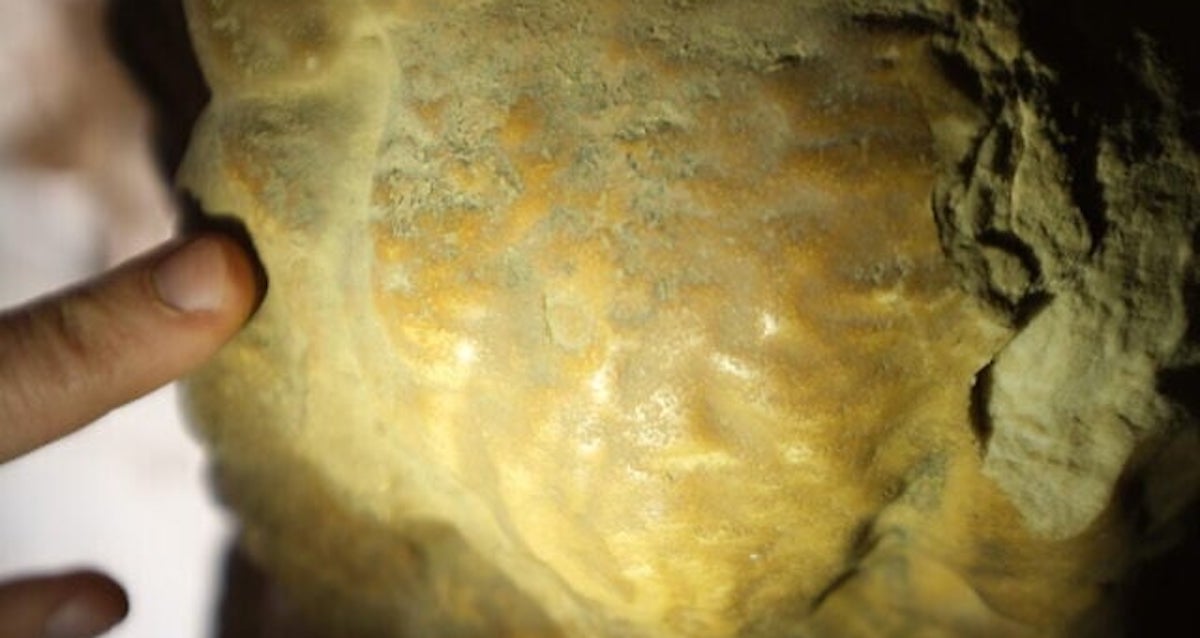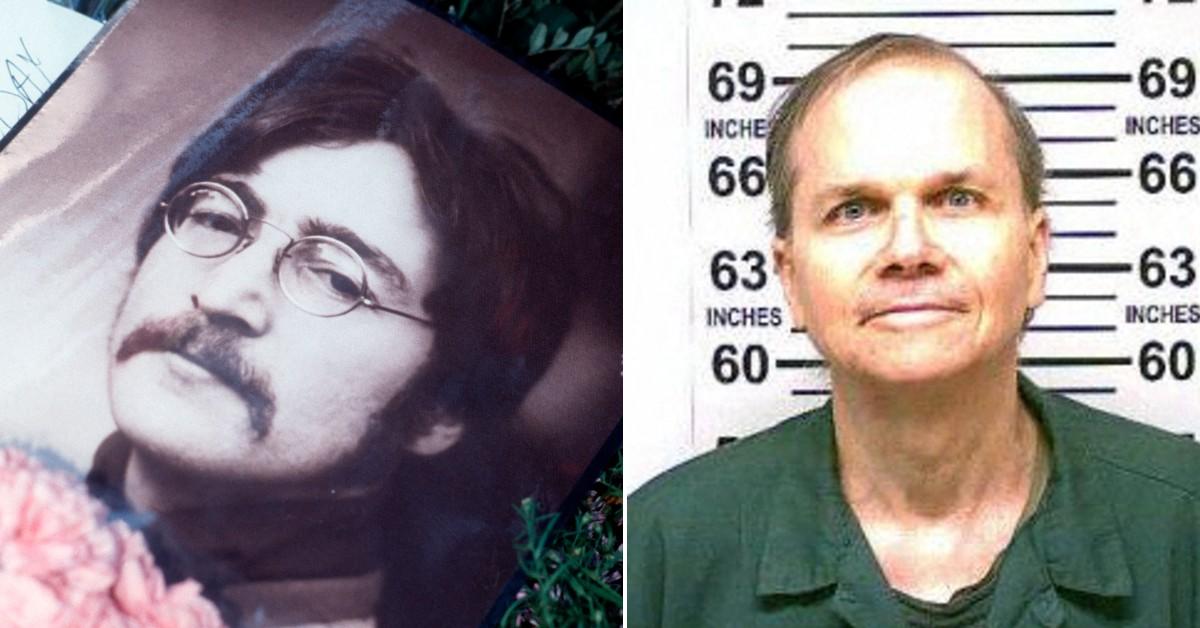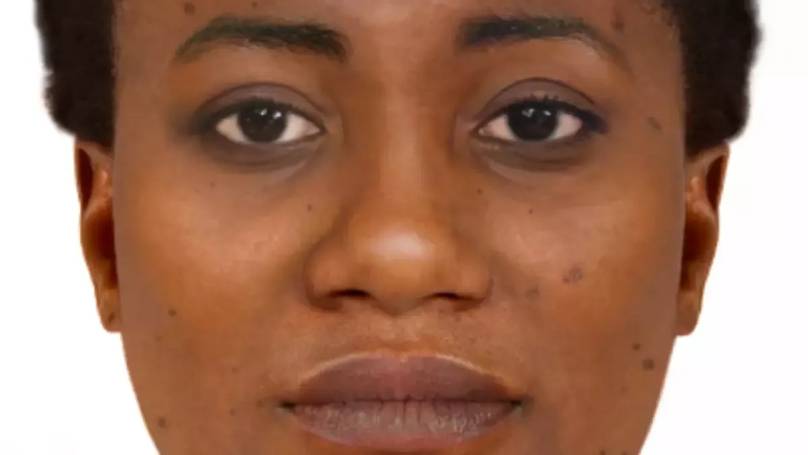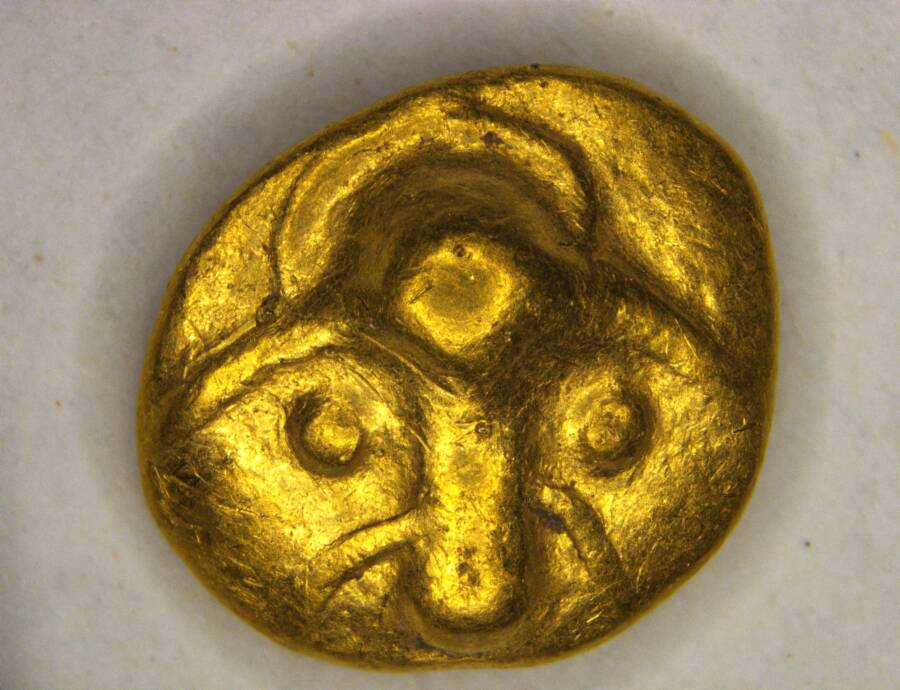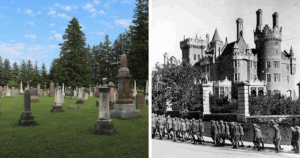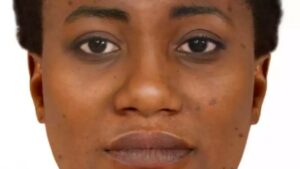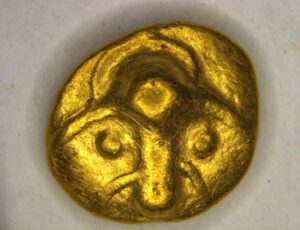Ancient Aramaic Inscription Found in Dead Sea Cave Hints at Lost Civilization Secrets
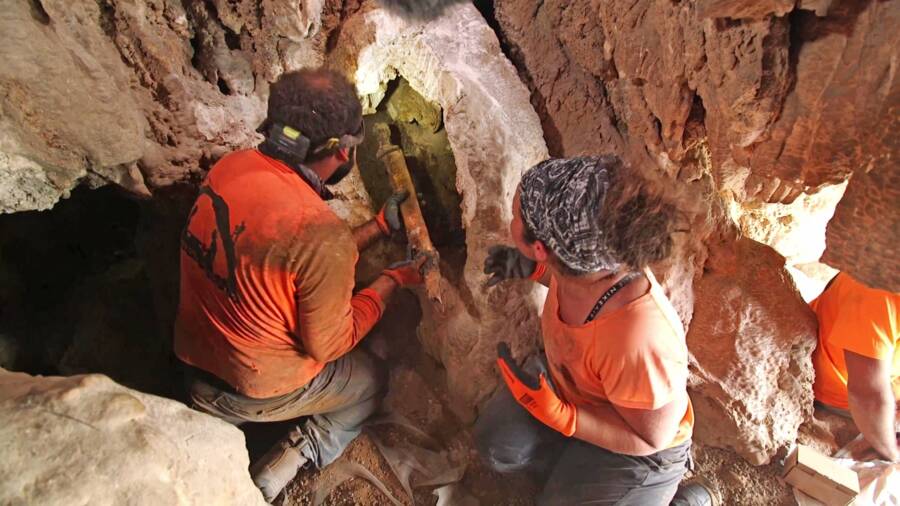
Emil Aladjem/Israel Antiquities AuthorityThe four Roman swords were hidden in a crevice, and three of them were still tucked inside their wooden scabbards.
As such, the inscription found by chance in the Dead Sea cave is an intriguing discovery, a possible remnant of the bloody Bar Kokhba Revolt. Researchers are now working to fully decipher this carving — and searching the cave’s walls for further messages from the distant past.
After reading about the ancient Aramaic inscription found in a Dead Sea cave, discover the story of Golgotha, the “place of skulls” where the Bible says Jesus was crucified. Then, learn about Pontius Pilate, the Roman governor of Judea who ordered Jesus’ execution.
